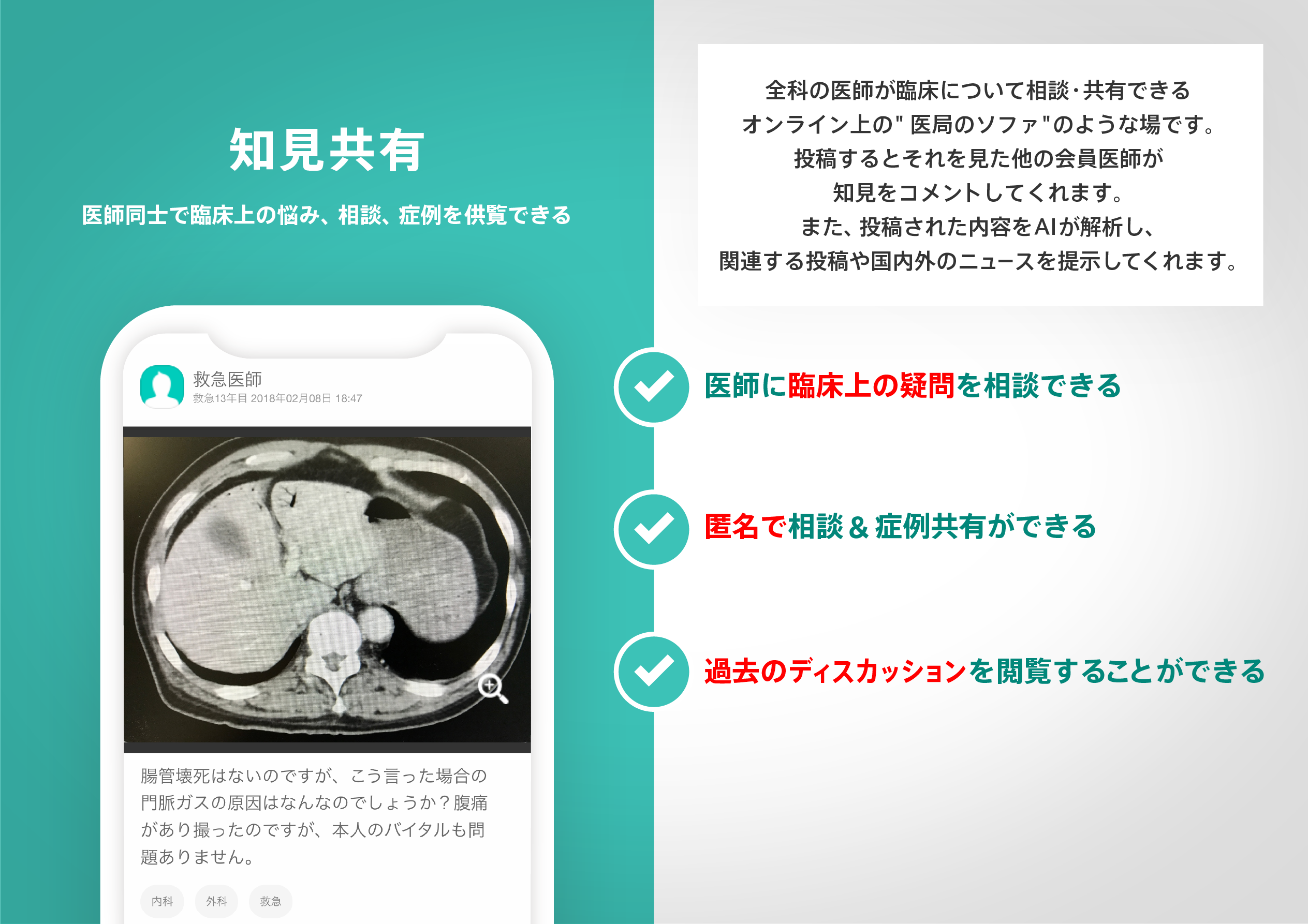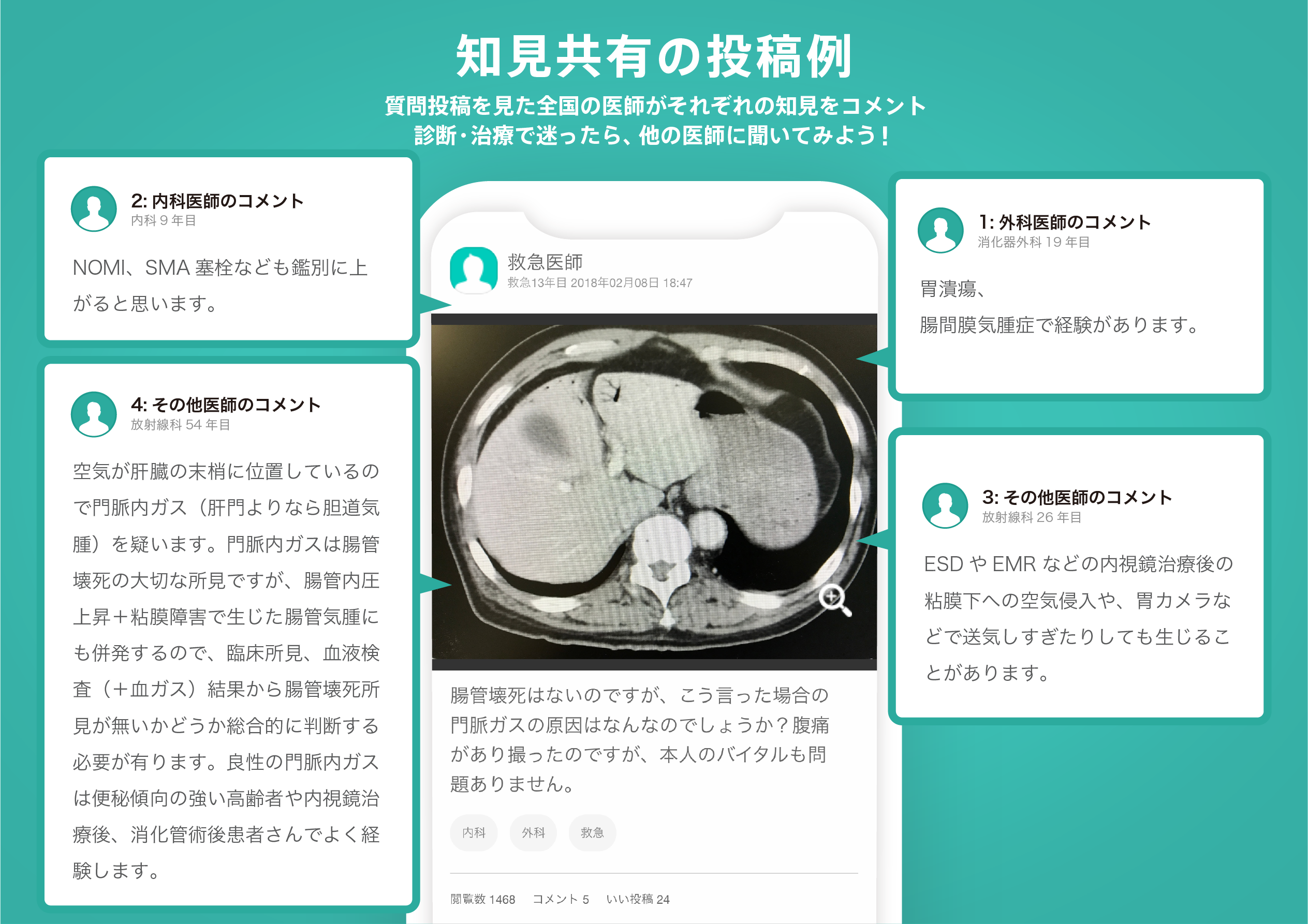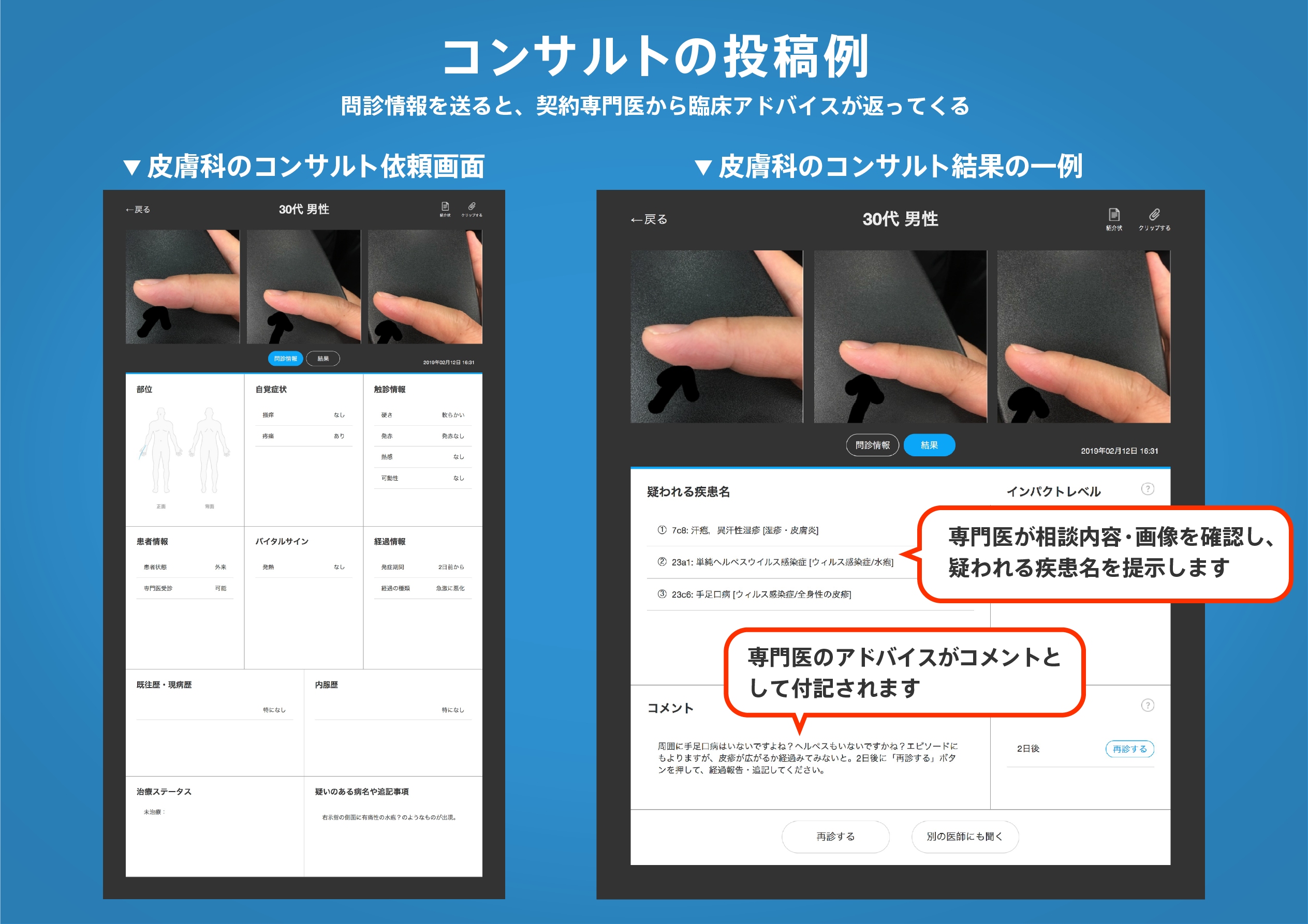著名医師による解説が無料で読めます
すると翻訳の精度が向上します
この研究の目的は、ヒト静脈内(i.v.)クリアランス(CL)の予測のための血漿タンパク質結合補正の有無にかかわらず、さまざまなアロメトリックおよびin vitro-in vivo外挿(IVive)方法論の性能を評価することでした。目的は、動物データを使用してIvive予測方法を評価することでもありました。方法論は文献から選択されました。アメリカの製薬研究およびメーカーのメーカーメンバー企業は、108の化合物の前臨床および臨床研究から盲検化データセットを提供しました。臨床薬物動態データと分析で使用されました。in vivoおよびin vitroの前臨床データを使用して、29の異なる方法でCLを予測しました。多くの化合物の場合、2種(一般的にラットと犬)のみのin vivoデータが利用可能であるか、必要なin vitroデータが欠落していたため、いくつかの方法を適切に評価できませんでした。さらに、I.V。CLおよびバイオアベイラビリティ(F)、および観察されたP.O.の直接スケーリング前臨床種のCL。各方法の予測可能性を評価するために、さまざまな統計的および外れ値の手法が採用されました。方法全体で、19の薬物のヒトClを予測する際の最大成功率は、観察されたCLの10倍、3倍、および2倍の誤差以内に予測がある100%、94%、および78%でした。一般に、in vivoメソッドは、IViveメソッド(少なくとも相関とグローバルな一致の測定の観点から)よりもわずかに優れたパフォーマンスを発揮し、FU傍受法と2種ベースのアロメトリー(RAT-DOG)が最良のパフォーマンス方法です。ミクロソームを使用したIvive法(血漿およびミクロソーム結合の両方を組み込んだ)と肝細胞(結合を組み込んでいない)は、それぞれ2倍の誤差以内にある予測の75%と78%をもたらしました。結合仮定の他の組み合わせを使用したIVIVEメソッドは、はるかに精度が低くなりました。AUCP.O.の予測の結果i.v.cl。しかし、人間のP.O.の予測を成功させるための最大の課題CLは、ヒトのFの推定値です。全体として、このイニシアチブの結果は、ヒトCLを予測するために使用される一般的な方法論の予測性能を確認しました。
この研究の目的は、ヒト静脈内(i.v.)クリアランス(CL)の予測のための血漿タンパク質結合補正の有無にかかわらず、さまざまなアロメトリックおよびin vitro-in vivo外挿(IVive)方法論の性能を評価することでした。目的は、動物データを使用してIvive予測方法を評価することでもありました。方法論は文献から選択されました。アメリカの製薬研究およびメーカーのメーカーメンバー企業は、108の化合物の前臨床および臨床研究から盲検化データセットを提供しました。臨床薬物動態データと分析で使用されました。in vivoおよびin vitroの前臨床データを使用して、29の異なる方法でCLを予測しました。多くの化合物の場合、2種(一般的にラットと犬)のみのin vivoデータが利用可能であるか、必要なin vitroデータが欠落していたため、いくつかの方法を適切に評価できませんでした。さらに、I.V。CLおよびバイオアベイラビリティ(F)、および観察されたP.O.の直接スケーリング前臨床種のCL。各方法の予測可能性を評価するために、さまざまな統計的および外れ値の手法が採用されました。方法全体で、19の薬物のヒトClを予測する際の最大成功率は、観察されたCLの10倍、3倍、および2倍の誤差以内に予測がある100%、94%、および78%でした。一般に、in vivoメソッドは、IViveメソッド(少なくとも相関とグローバルな一致の測定の観点から)よりもわずかに優れたパフォーマンスを発揮し、FU傍受法と2種ベースのアロメトリー(RAT-DOG)が最良のパフォーマンス方法です。ミクロソームを使用したIvive法(血漿およびミクロソーム結合の両方を組み込んだ)と肝細胞(結合を組み込んでいない)は、それぞれ2倍の誤差以内にある予測の75%と78%をもたらしました。結合仮定の他の組み合わせを使用したIVIVEメソッドは、はるかに精度が低くなりました。AUCP.O.の予測の結果i.v.cl。しかし、人間のP.O.の予測を成功させるための最大の課題CLは、ヒトのFの推定値です。全体として、このイニシアチブの結果は、ヒトCLを予測するために使用される一般的な方法論の予測性能を確認しました。
The objective of this study was to evaluate the performance of various allometric and in vitro-in vivo extrapolation (IVIVE) methodologies with and without plasma protein binding corrections for the prediction of human intravenous (i.v.) clearance (CL). The objective was also to evaluate the IVIVE prediction methods with animal data. Methodologies were selected from the literature. Pharmaceutical Research and Manufacturers of America member companies contributed blinded datasets from preclinical and clinical studies for 108 compounds, among which 19 drugs had i.v. clinical pharmacokinetics data and were used in the analysis. In vivo and in vitro preclinical data were used to predict CL by 29 different methods. For many compounds, in vivo data from only two species (generally rat and dog) were available and/or the required in vitro data were missing, which meant some methods could not be properly evaluated. In addition, 66 methods of predicting oral (p.o.) area under the curve (AUCp.o. ) were evaluated for 107 compounds using rational combinations of i.v. CL and bioavailability (F), and direct scaling of observed p.o. CL from preclinical species. Various statistical and outlier techniques were employed to assess the predictability of each method. Across methods, the maximum success rate in predicting human CL for the 19 drugs was 100%, 94%, and 78% of the compounds with predictions falling within 10-fold, threefold, and twofold error, respectively, of the observed CL. In general, in vivo methods performed slightly better than IVIVE methods (at least in terms of measures of correlation and global concordance), with the fu intercept method and two-species-based allometry (rat-dog) being the best performing methods. IVIVE methods using microsomes (incorporating both plasma and microsomal binding) and hepatocytes (not incorporating binding) resulted in 75% and 78%, respectively, of the predictions falling within twofold error. IVIVE methods using other combinations of binding assumptions were much less accurate. The results for prediction of AUCp.o. were consistent with i.v. CL. However, the greatest challenge to successful prediction of human p.o. CL is the estimate of F in human. Overall, the results of this initiative confirmed predictive performance of common methodologies used to predict human CL.
医師のための臨床サポートサービス
ヒポクラ x マイナビのご紹介
無料会員登録していただくと、さらに便利で効率的な検索が可能になります。






